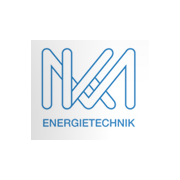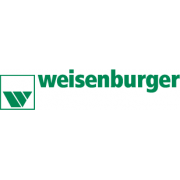When calculating the cost of implementing speech recognition, both direct and indirect costs should be considered. The direct costs include, for example, the cost of acquiring hardware and software, installation and configuration, training and support. Indirect costs may include, for example, the cost of learning the new technology and retraining employees. It is also important to consider the potential savings from using speech recognition, such as reducing the time spent on manual data entry and correction. It is advisable to perform a detailed cost analysis to create a realistic budget for implementing speech recognition.
An example of the cost calculation for the introduction of speech recognition could be as follows:
Suppose a company wants to introduce speech recognition for documenting and transcribing conversations. To do this, it needs 10 headsets and a speech recognition server in the cloud. The monthly cost for the speech recognition server is 200€.
Cost of headsets: 10 headsets á 50€ = 500€.
Cost for speech recognition server: 700€ x 12 months = 8400€ per year
Total cost for the first year: 8900€
Total costs for the following year: 8400€
In addition, the cost of staff training and any maintenance costs should be taken into account. Actual costs may vary depending on the requirements and scope of speech recognition.
To calculate the economic cost of implementing speech recognition technology, all relevant factors must be considered, including hardware, software, integration, training and maintenance costs.
To calculate savings, the time and labor costs associated with automating speech recognition technology and the resulting efficiencies must be estimated. With this information, a cost-benefit analysis can be performed to determine if it makes economic sense to implement speech recognition technology.
An example would be saving 30 minutes per day by using speech recognition technology at a salary of 30 euros per hour, which equates to an annual savings of 7,500 euros per user.








